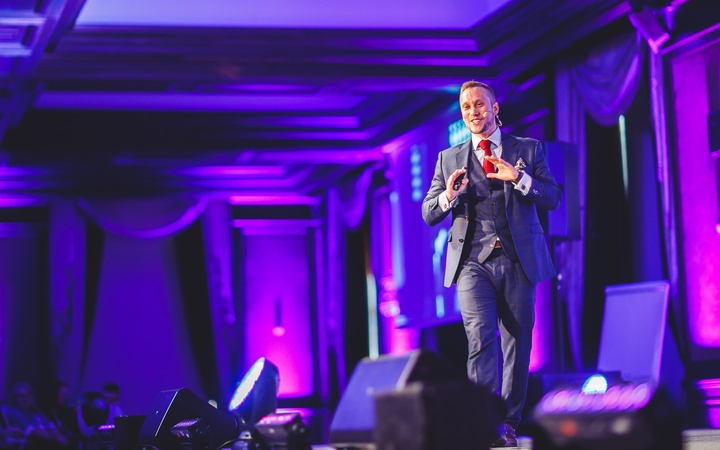During World War II, Japanese vessels transported prisoners of war and prisoners for forced labor in appalling conditions.
Deadly Voyages
In spring of 1942, Japanese carrier ship began to fly the prisoners of war and civilians, detained in the occupied territories, to Japan, Taiwan, Burma and Sumatra. It was a labor force to build railways, roads and military facilities. Thousands of people would be forced into dirty, smelly holds, filled with coal and fertilizer dusts. Prisoners would hardly be fed and given to drink. A lot of men would die of suffocation or go crazy from the tropical heat and humidity.
“Hell Ships” had no special identification marks. English and American submarines would drown them as the enemy ships. The Americans might have known about the prisoners being transported in the ships. They managed to decipher the Japanese naval codes.
The drowning of “Hell Ships” became one of the largest maritime disasters, causing the deaths of thousands of people.
Without Hope of Escape
On 18 September 1944, the British submarine “Tradewind” torpedoed the Japanese transport ship Junyo Maru. More than 5 thousand people were killed.
The 123 m long and 16 m wide vessel Junyo Maru, sailing from Batavia, carried 2.3 thousand prisoners of war: Americans, English, Australians, Dutch, Indonesians; and 4.2 thousand civilians, collected from territories occupied by the Japanese.
Junyo Maru was accompanied by a corvette and artillery launch, armed with cannons and depth bombs. Lifesaving measures consisted of two lifeboats and several rafts. Only the crew and the guards had been provided with life jackets. When the torpedoed Japanese ship began to sink, the people that had been stuck in the holds had no chance of escape. No one rushed to rescue those who jumped into the water from decks either. After the crash, there were only about 680 prisoners and 200 workers to stay alive.
In the post-war period, a special Allied commission discovered that 56 Japanese “Hell Ships” had carried over approximately 62 thousand prisoners of war and labor slaves; 19 of such ships were either torpedoed or bombarded, killing over 22 thousand people.
Liberation Day Came too Late
In World War II history, there were also Nazi “Hell Ships”. At the end of the war, H. Himmler issued a classified order to evacuate the concentration camp prisoners and exterminate them so that they did not get into the enemies’ hands. In April 1945, about 11 thousand prisoners, mostly Jews, were brought to Lubek and crammed into the liner Cap Arcona and the transport ship Thielbek. The ships were overcrowded. Many prisoners would die on board or would be shot by the guards.
On 3 May 1953, the ships were attacked by the English bombers. In his memoir book Auschwitz Dentist, a former Auschwitz prisoner Benjamin Jakobson wrote about Cap Arcon: “Suddenly, the planes appeared. We saw identification marks on their wings. British. We were waving our striped prisoners’ hats and pointing at the striped clothes. We saw the low-flying pilots’ faces and thought there was nothing to be afraid of. And then, the planes started throwing bombs.”
The ships with prisoners and the remnants of guards were not just bombarded, but fired at from the air. About 7 thousand people were either killed or drowned during the incident. The liberation day came too late. There were only 5 days left till the war would be over.


Naujausi komentarai